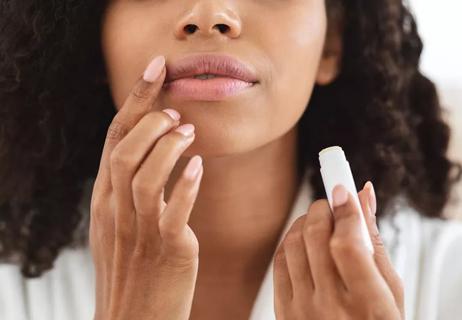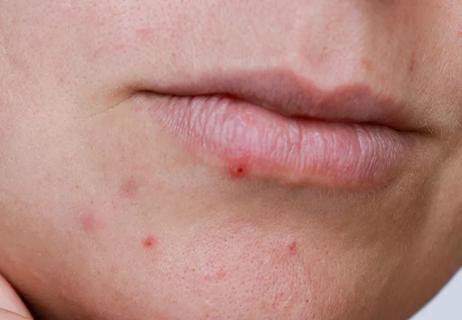TLC for lip wounds

Your preschooler face-planted on the playground and split her lip. Between the wailing (hers), the blood (also hers) and the tears (possibly both of yours), it’s … a lot.
Advertisement
Cleveland Clinic is a non-profit academic medical center. Advertising on our site helps support our mission. We do not endorse non-Cleveland Clinic products or services. Policy
What’s your next move? Pediatrician Ei Ye Mon, MD, explains how to treat this common kid injury.
Injuries to the mouth often look worse than they are, Dr. Ye Mon says. “This area has a lot of blood vessels, so even a small cut can look like a lot of blood.” But there’s a silver lining, she adds: “Because it has so many blood vessels, cuts around the mouth also tend to heal quickly.”
Dr. Ye Mon says to follow these steps to kick-start the healing process.
Advertisement
Most split lips aren’t emergencies. “It can be scary, but most of the time they heal on their own without stitches,” Dr. Ye Mon says.
But sometimes, hugs and ice pops aren’t enough. More serious cuts may need dissolvable stitches or skin adhesive to help with healing and reduce scarring, she notes. See a doctor for a cut on the lip if:
Unfortunately, you can’t boo-boo-proof your kids. But with a little TLC, that busted lip will be smiling again in no time.
Advertisement
Learn more about our editorial process.
Advertisement

Lip balms and ointments, drinking more water and running a humidifier can help eliminate dry lips

Your bottom lip is 12 times more likely than your upper lip to get sunburned

Pay attention to the ingredients in your favorite products — and how often you’re using them

Using salicylic acid or benzoyl peroxide can help clear up breakouts near your lips

Adding extra formula, cereal or medications to your baby’s bottle is a dangerous and misguided practice

Teaching your baby to sign may help ease frustrations before they can talk, but it’s not a must-do

Babies can get congested easily, but you can calm their cough by keeping them hydrated, using nasal drops and running a humidifier

Gripe water isn’t regulated by the FDA, and research doesn’t support its use

The ‘sunshine vitamin’ is found naturally in some fish and is added to other foods

Autism and ADHD often go hand in hand, giving rise to the term AuDHD

The Yuzpe regimen is less effective than other forms of emergency contraceptives, and it’s associated with more side effects